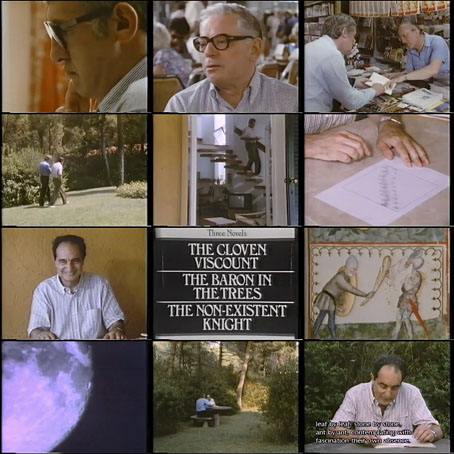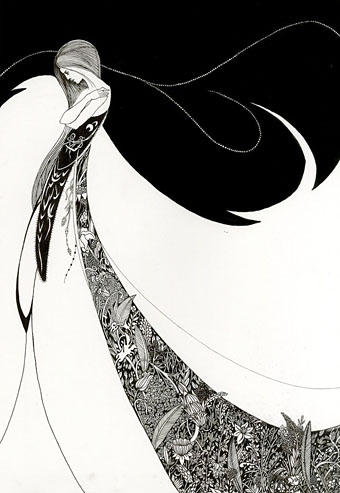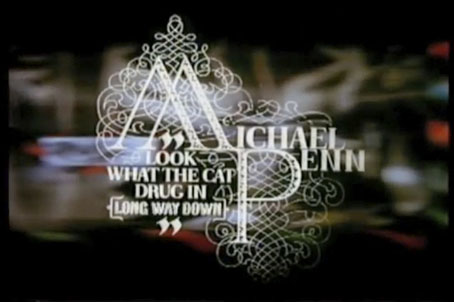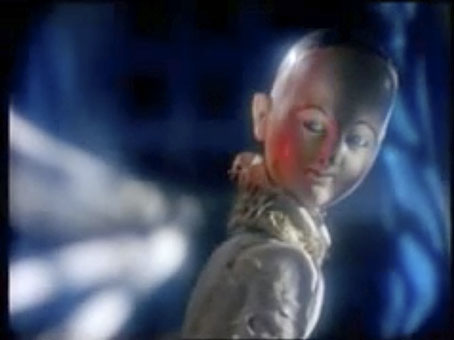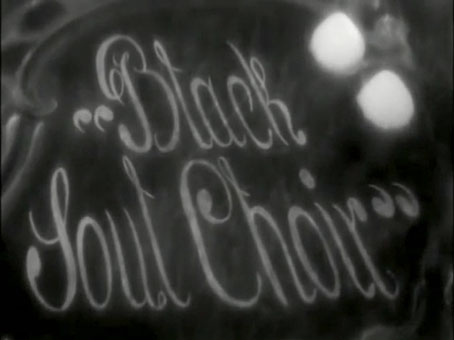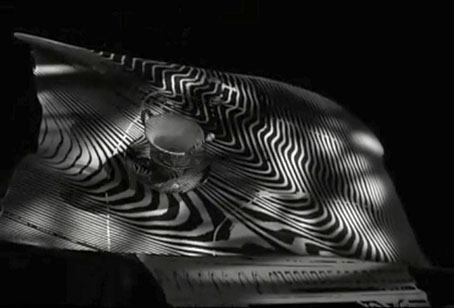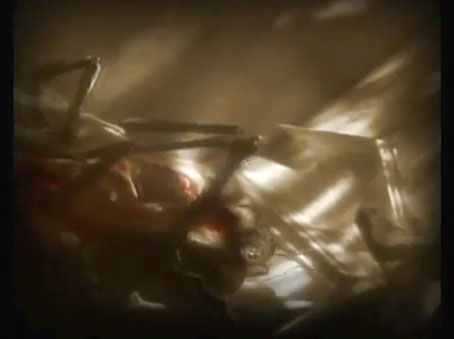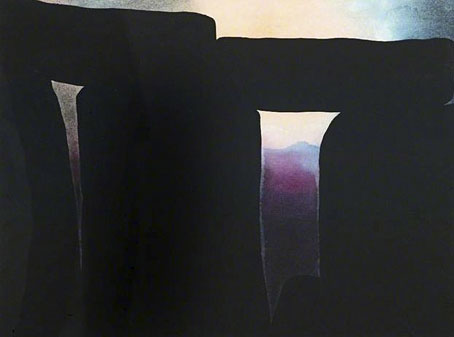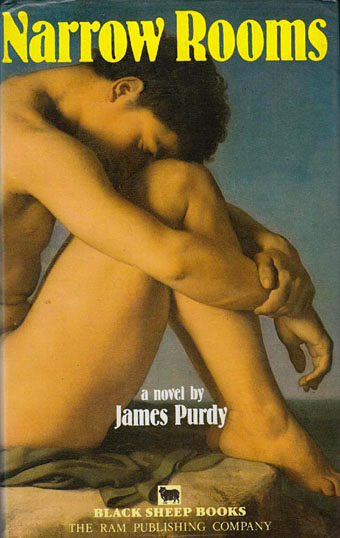
A pair of literary poses for this increasingly sluggish series. Both these titles are gay-themed to a greater or lesser degree. James Purdy (1914–2009) received much praise from contemporaries while he was alive but, like Angus Wilson, he’s one of those writers’ writers you don’t hear about today. Outsiders were a favourite Purdy theme, and he wrote several novels about gay characters, of which Narrow Rooms is considered something of a classic. I’ve not read it but going by descriptions the use of Flandrin’s painting on this cover from 1980 would seem a little lazy. This later use on the cover of Teleny (another gay classic) at least suits the French theme. (Thanks to Sander for the tip!)
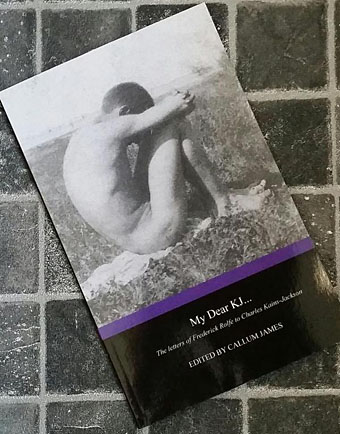
The second volume hasn’t been published yet but Callum James posted the cover proof on Twitter a few days ago so I hope he doesn’t mind my showing it here. The book is a collection of letters by Frederick Rolfe aka Baron Corvo. I don’t know whether this is one of Rolfe’s own photos but he enjoyed photographing naked youths so even if it isn’t his work it suits the book. Further news about the publication should be announced at Front Free Endpaper.
Elsewhere on { feuilleton }
• The recurrent pose archive

